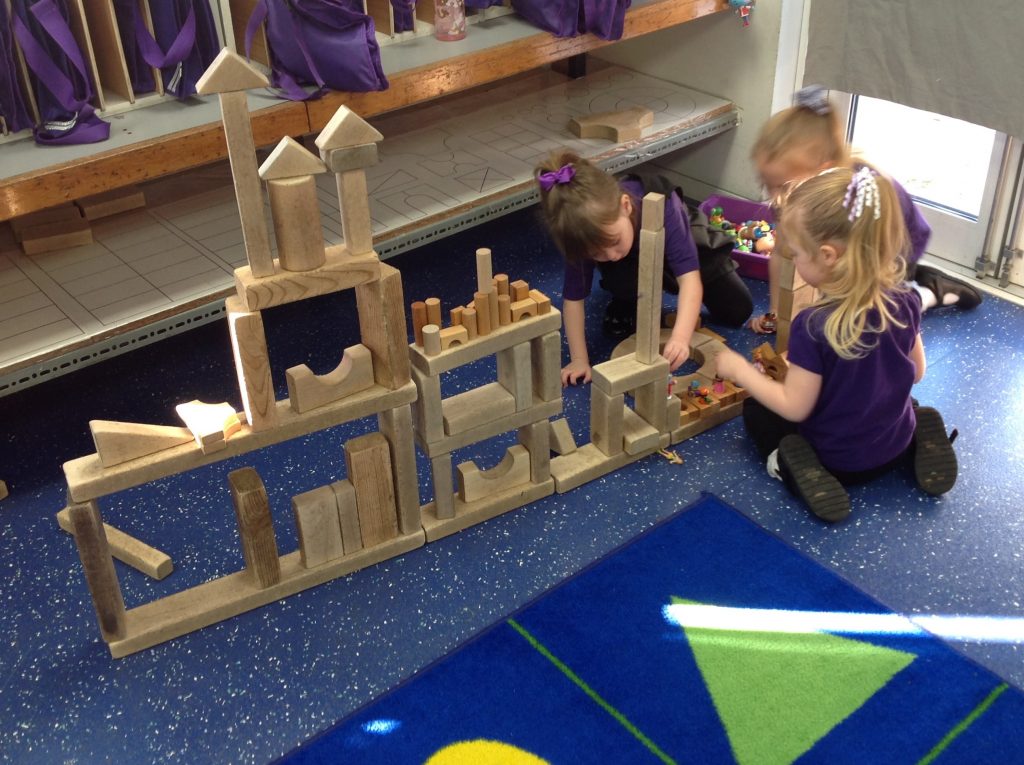
Key points:
- Leadership and quality improvement run through the EYFS Principles.
- Quality improvement is a continuous process.
- A continuously improving setting needs continuing development for all staff
Research shows that effective high-quality experiences in the early years will have a significant positive impact on children’s development, their progress through school and on into adult life. The importance of quality improvement and effective leadership sits alongside the four basic principles of practice within the EYFS, acting as a golden thread throughout Birth to 5 Matters. Recognising and valuing the role of the leader results in a more reflective and analytical approach to practice that in turn supports a culture of continuing improvement.
Leadership and quality improvement run through the EYFS Principles. The four principles of the EYFS underpin effective practice in the care, development and learning of young people. Each of these principles can be applied to leadership and quality improvement, just as they apply to young children.
A unique setting Every setting is different in terms of location, finances, resources, practitioners, children, families, and leadership. Every aspect of a setting is equally important, and should be given due attention, as the setting finds its own way of doing what is best for children.
Positive relationships There are many stakeholders within each setting including children, families, practitioners, the leadership team and the wider community. Respectful and effective communication is key to supporting active and confident membership of the group, with the aim of creating trusting and collaborative working relationships.
Enabling environments The environment supports not only the children and families but also the practitioners and leadership team. The adults working in every setting need to feel healthy and safe, to enjoy and achieve, to make a positive contribution and to experience economic wellbeing, as do the children and their families.
Learning and development Quality improvement and effective leadership rests upon commitment to collaboration and reflective practice where practitioners do not simply settle for what is, but are open to possibility thinking about what might be. The adults in any setting need opportunities to develop their thinking and their practice through training and development activities, and an opportunity to share their ideas with others.
Quality improvement is a continuous process. At a basic level, high quality early years provision can be defined as a provision which:
- improves outcomes for every child through high aspiration and effective pedagogy
- provides personalised learning, development and support – tailored to the needs of individual children
- builds the foundations for future success, wellbeing and lifelong learning
- involves parents/families in their children’s development and learning.
A continuously improving setting needs continuing professional development for all practitioners. In a continuously improving setting the leaders will:
- always have the child at the heart of everything
- have energy, enthusiasm and a principled care and educational vision
- employ a whole setting approach, support collaborative working and the collective identification and clear expression of research-informed pedagogical objectives related to the EYFS framework that promote wellbeing and achievement for all children
- recognise the value of continuous quality improvement and how it impacts on children’s wellbeing and achievement
- be open to change and see value in supporting staff to voice and trial their own ideas
- engage in self-evaluation and quality improvement processes as the basis of ongoing internal review – assessing what the setting offers against robust and challenging quality criteria
- draw on the wide range of quality improvement tools available, ensuring the tools are fit for purpose
- lead a collaborative learning culture – providing time and space for sharing knowledge and support for continuous professional development for all staff
- lead and encourage a culture of reflective practice, self-evaluation and informed discussion to identify the setting’s strengths and priorities for development
- gather observational evidence rather than just data
- look beyond the setting for advice and support
- seek and act upon the views of all stakeholders (families, children, staff, outside professionals)
- pay attention to the health and wellbeing of practitioners.
A continuously improving setting will have well-qualified and experienced staff who:
- are appropriately trained, with up-to-date skills and qualifications
- are motivated and supported to continuously raise their skills and qualification level to level 3 and beyond
- are open to ongoing professional dialogue, reflective practice, and collaborative work to continuously improve practice to help improve outcomes for every child
- are committed to embedding inclusive practice which values diversity and celebrates differences in children
- engage in regular cycles of planning and review, informed by accurate observation and record-keeping focusing on children’s development and learning progress, and any statutory assessments
- engage in supervision, respond to guidance and advice, and know when to seek support and extra help
- are keen to share best practice with other practitioners through local, regional and national networking
- are committed to the development of sustained shared thinking by offering encouragement, clarifying ideas and asking open questions which support and extend children’s thinking and help children make connections in learning – while ensuring a balance between adult-led and child-initiated activities
- work in close, supportive partnership with families – sharing information to nurture the child’s wellbeing, and involving them in their child’s continuous development and learning
- work together with other practitioners and parents to support transition, within and between settings and between early years settings and primary school.
Previous page: Care | Next page: Transitions
